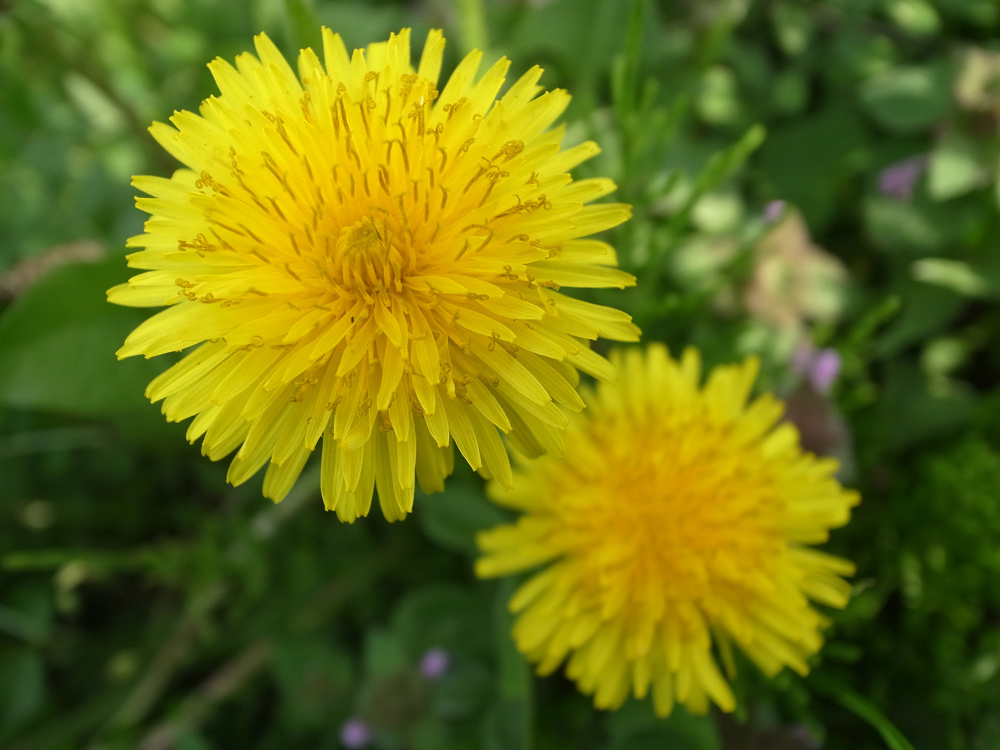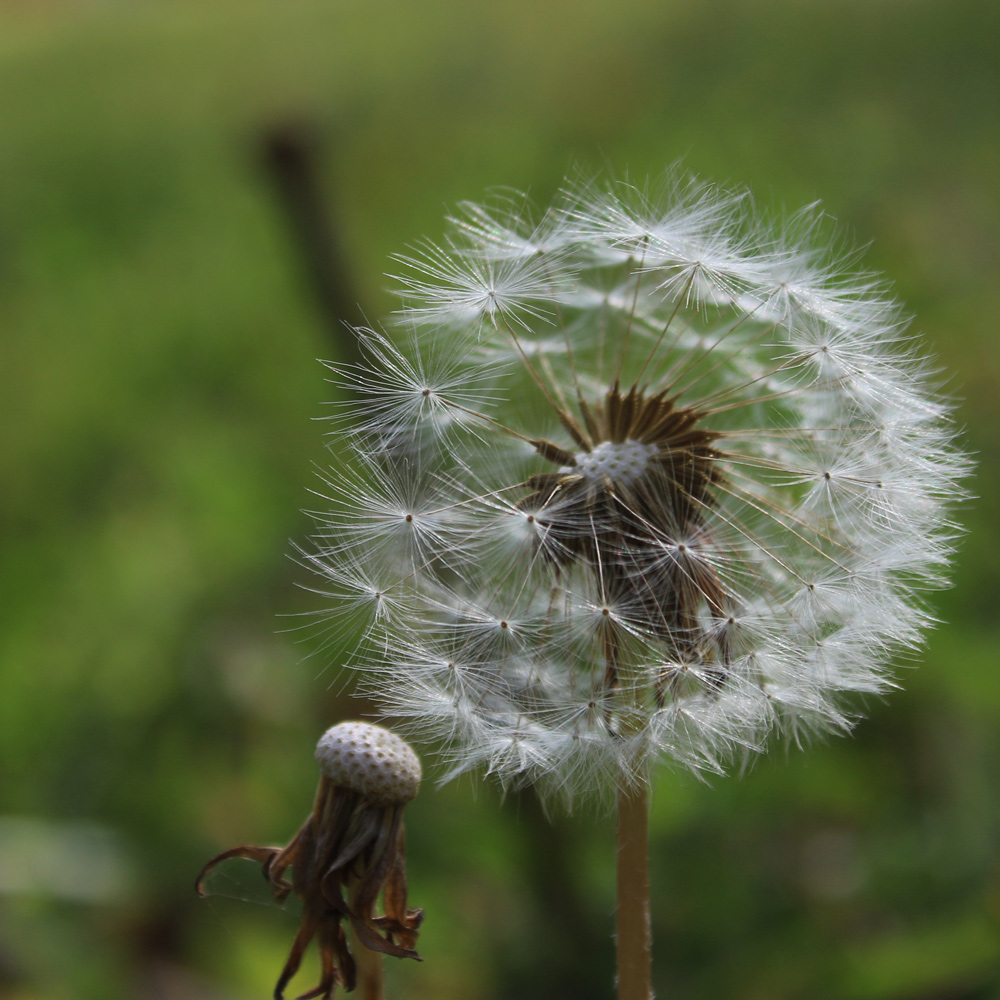I came across an interesting article today where the title caught my attention, Organic Gardening: Reading the weeds. It was written by Brian Allnutt, a freelance writer for The Detroit News. He first explains what a weed is, or what we typically define it as.
“A common definition for a weed is “a plant that is out of place”. This elegantly expresses the fact that many plants that arrive uninvited are simply ornamentals or crop plants that grow a little bit too-well where we don’t want them too. And yet, it also supposes that these plants should be elsewhere when, in many respects, weeds are exactly where they should be.”
He continues on by giving you tips on how you can learn about the type of soil you are dealing with by looking at the type of weeds that are growing. They are a good indicator of soil but they are also helpful for the wildlife in your area.
“Of course, weeds are also important to pollinators and other wildlife. Many of us know that various types of milkweed are critical for monarch butterflies. But other plants like clover, dandelion and dead nettles can be important for honeybees and other pollinators. Keeping some of these around can be important for encouraging biodiversity.”
If you have a moment you can read the full article here, I think you will rather enjoy it!



2 comments
I’m definitely paying closer attention to this now that I’ve begun eradicating cogon grass and seeing all types of other things pop up from the soil. Some are bad, like sickle pod but others seem to be good for attracting pollinators. Slipping in $3 reduced Gerbera Daisies and Silky Golden Milkweed I found reduced at Lowe’s as well.
The cogon grass is the worst. The milkweed is a great choice. I love the daisies too, just for the cheeriness.
Comments are closed.